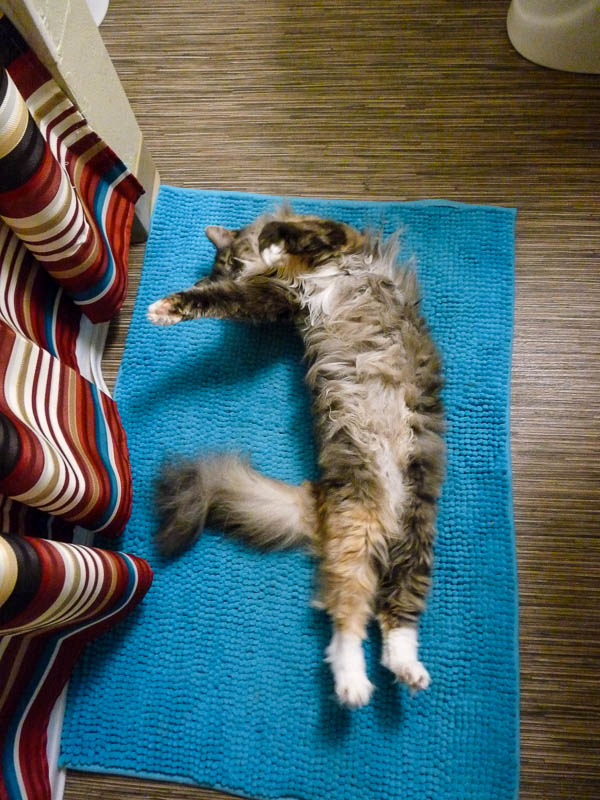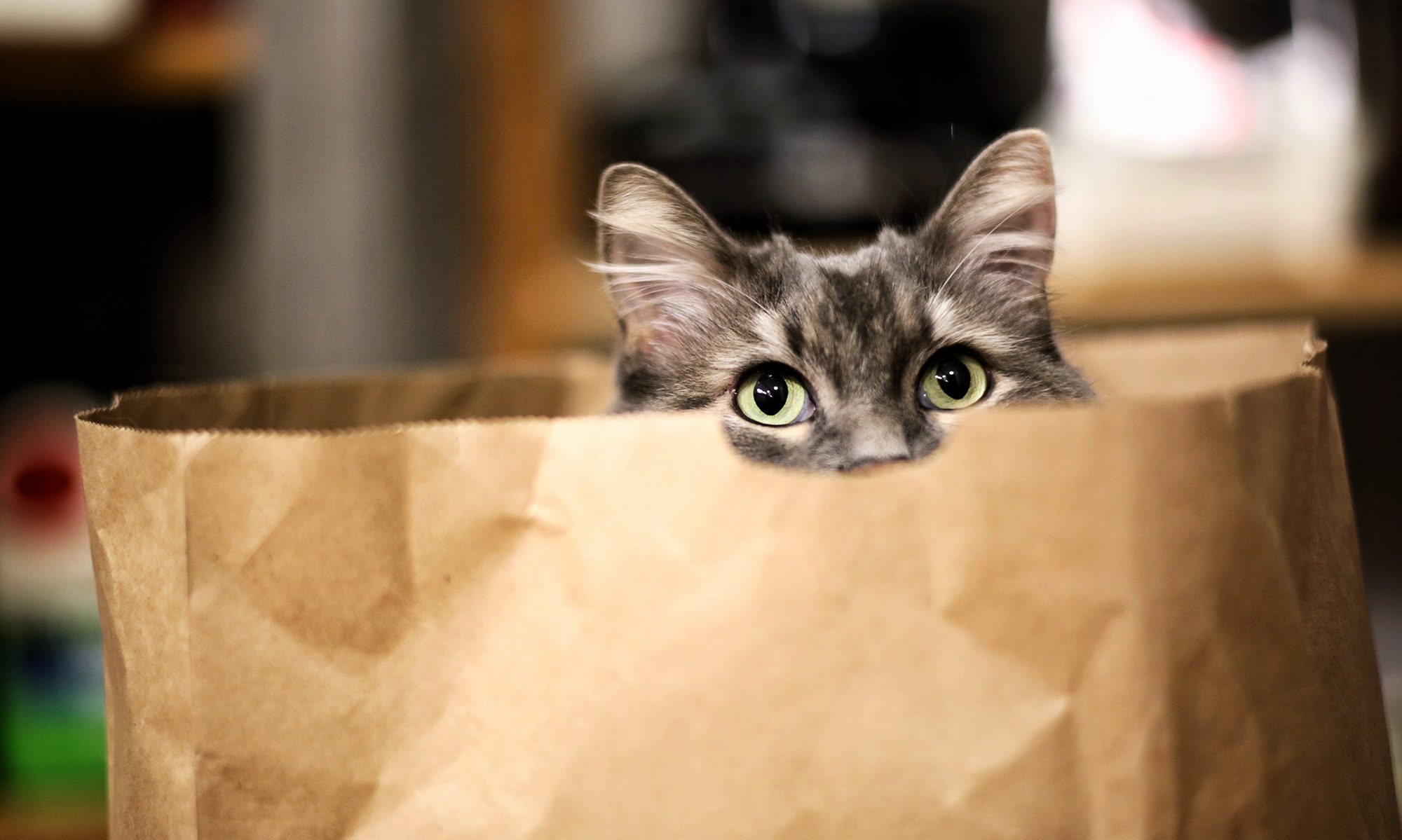For you impatient yet trusting types. For a longer version of this with links to all sorts of research, go to the Long Cat Food Guide.
A Quick Note On Switching Cat Food:
After reading this information, you may decide that your nonsense fuzzbeast needs a different diet from what she’s eating right now. Awesome! You should know, however, that some cats may get diarrhea and/or vomit from abrupt food switches. So remember this rule:
Go. Slow.
Especially if you’re doing something drastic, like switching from all-dry to all-canned, or all-commercial to all-homemade. Mix a little bit of the new food with the old every day, or introduce just a little bit of the new type food and monitor your cat’s reaction. Many cats do all right with sudden, wholesale food change, but it’s not uncommon for them to get a case of the barfs or the butt plops.
Be patient, and let your cat dictate the pace. Hey, they dictate everything else in your life.

Things to Avoid:
- By-products or by-product meal listed among the first five ingredients.
- Unnamed species in the ingredient list. For example: Animal Liver, Meat Meal.
- The preservatives BHA, BHT and ethoxyquin.
- Soy.
- More than one type of plant-based protein like corn gluten meal.
- Feeding more than 50% dry food in general.
- “Lifestage nutrition” and indoor-cat formulations—especially for dry food. Just feed the highest-protein, highest-fat diet you can find. When in doubt, feed kitten food. Indoor, senior cat and adult cat-specific formulas are more-or-less marketing bullshit that allow pet food manufacturers to a) take up more shelf space (and therefore gain more visibility) in stores, and b) charge as much or more for food containing substantially less meat. At least one lifestage formula (senior foods) is based on outdated and flawed research.
Things to Look For:
- First ingredient should always be meat from a named species.
- If food contains preservatives, look for non-toxic antioxidants, e.g. mixed tocopherols (vitamin E) and vitamin C.
- Minimal plant matter, and preferably grain-free.
- Water content over 70% (yeah, this means wet food).
- A dry matter protein content of more than 37% (yeah, this means wet food again, unless you want to shell out for grain-free dry food).
- Less than 10% calories from carbs whenever possible.
- Feed a variety of flavors from as many different brands as your cat will allow you to.
- Seriously consider making your own food.
